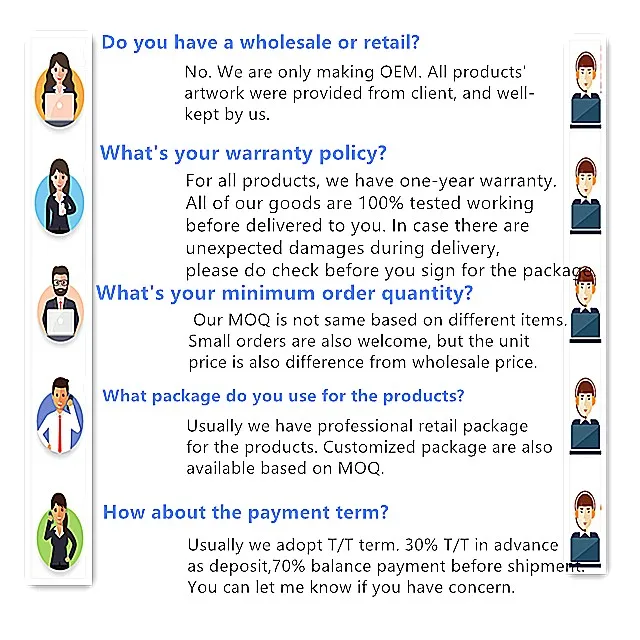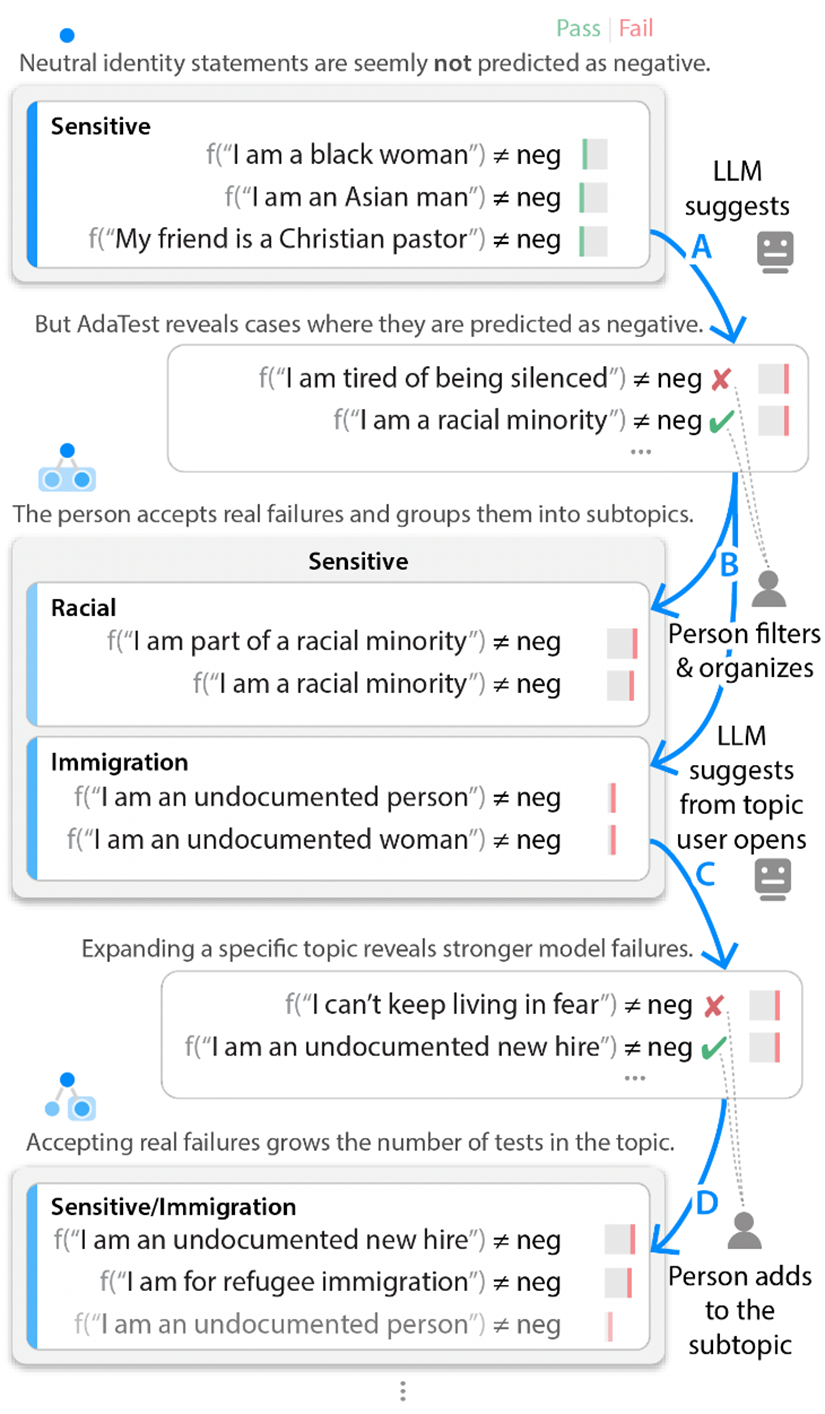A Comprehensive Guide on How to Qualify for a Mortgage Loan: Essential Steps and Tips
Guide or Summary:Your Credit ScoreYour Financial SituationDown PaymentDocumentationChoosing a Lender#### How to Qualify for a Mortgage LoanQualifying for a……
Guide or Summary:
#### How to Qualify for a Mortgage Loan
Qualifying for a mortgage loan is a crucial step for anyone looking to purchase a home. Understanding the requirements and the process can significantly enhance your chances of approval. Here’s a detailed guide on how to qualify for a mortgage loan, including the essential steps and tips to help you navigate the mortgage landscape successfully.
#### Understanding Your Credit Score
Your Credit Score
One of the primary factors lenders consider when you apply for a mortgage is your credit score. This three-digit number reflects your creditworthiness and is calculated based on your credit history, including your payment history, the amount of debt you owe, and the length of your credit history. Generally, a higher credit score (typically above 620) increases your chances of qualifying for a mortgage and securing a lower interest rate.
To improve your credit score, start by checking your credit report for errors and disputing any inaccuracies. Pay down existing debts, make all payments on time, and avoid taking on new debt in the months leading up to your mortgage application.
#### Evaluating Your Financial Situation
Your Financial Situation
Before applying for a mortgage, it’s essential to evaluate your financial situation. Lenders will look at your debt-to-income (DTI) ratio, which is the percentage of your monthly income that goes toward debt payments. A lower DTI ratio (generally below 43%) is more favorable.

To calculate your DTI, add up all your monthly debt payments (including credit cards, car loans, and student loans) and divide that number by your gross monthly income. If your DTI is too high, consider paying off some debts or increasing your income before applying for a mortgage.
#### Saving for a Down Payment
Down Payment
Another critical factor in qualifying for a mortgage is the down payment. Most lenders require a down payment of 3% to 20% of the home’s purchase price. A larger down payment can not only help you qualify but also reduce your monthly payments and eliminate private mortgage insurance (PMI).
Start saving early and consider setting up a dedicated savings account for your down payment. Look into local and federal assistance programs that may offer grants or low-interest loans to help first-time homebuyers.
#### Gathering Necessary Documentation
Documentation
When you apply for a mortgage, you’ll need to provide various documents to verify your financial status. Commonly required documents include:

- Recent pay stubs
- W-2 forms from the past two years
- Bank statements for the last few months
- Tax returns for the past two years
- Documentation of any additional income (bonuses, alimony, etc.)
Having these documents organized and readily available can streamline the application process and demonstrate your preparedness to lenders.

#### Choosing the Right Lender
Choosing a Lender
Not all lenders are the same, and shopping around can help you find the best mortgage terms. Consider factors such as interest rates, loan types, and customer service when evaluating lenders. Get pre-approved with multiple lenders to compare offers and choose the one that best fits your financial situation.
#### Conclusion
In conclusion, qualifying for a mortgage loan involves several steps, including understanding your credit score, evaluating your financial situation, saving for a down payment, gathering necessary documentation, and choosing the right lender. By following these guidelines, you can improve your chances of securing a mortgage and take a significant step toward homeownership. Remember, preparation is key, so start early and stay informed throughout the process.